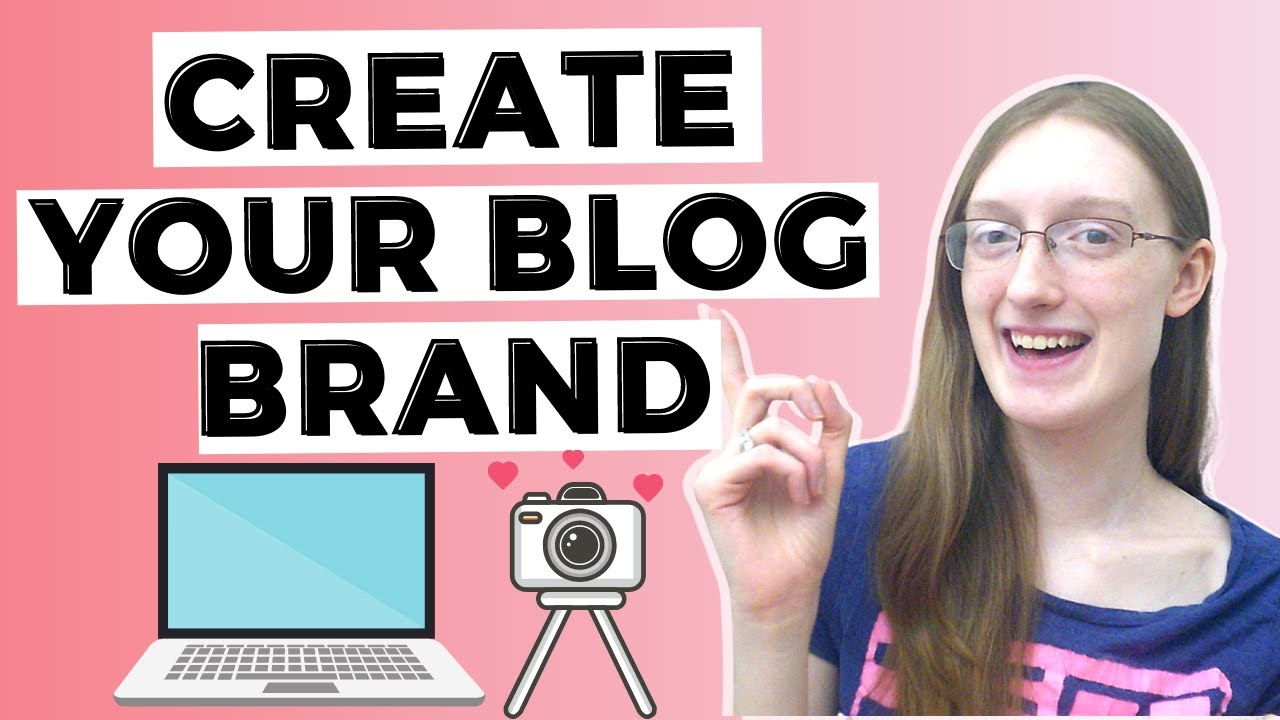In a digital world where over 600 million blogs exist, building a unique and recognizable brand isn’t just an option—it’s essential. Whether you’re just starting out or trying to grow an existing blog, the secret to long-term success isn’t just writing great content. It’s about branding—the look, feel, voice, and value that makes your blog immediately recognizable and undeniably yours.
So how can you create a blogging brand that breaks through the noise? Let’s dive in.
1. Understand What Branding Really Means
Branding is not just a logo or a color scheme. It’s the sum of your blog’s identity—how people perceive you, the feelings you evoke, and the impression you leave.
A successful blog brand:
- Communicates a clear purpose and personality
- Builds emotional connection with its readers
- Stands for something distinct in its niche
Before jumping into design or content, answer this:
“What do I want people to think or feel when they visit my blog?”
2. Define Your Blogging Niche and Audience
You can’t be everything to everyone. The tighter your niche, the stronger your brand clarity. For example:
- Instead of “personal finance,” think: “personal finance for single moms.”
- Instead of “fitness,” think: “home workouts for busy professionals.”
Next, define your ideal reader:
- Who are they?
- What do they struggle with?
- What do they value?
- How can you serve them better than anyone else?
The more specific you are, the easier it becomes to create content, visuals, and messaging that connects.
3. Develop a Unique Brand Voice
Your brand voice is how you sound in writing. It should be consistent across your blog posts, emails, social media, and products.
Think of brand voice like personality. Are you:
- Friendly and casual?
- Professional and educational?
- Bold and sarcastic?
- Inspirational and motivational?
Exercise:
Write 3 sample paragraphs on the same topic using different tones. Choose the one that feels most natural and aligns with your audience.
Pro Tip:
Create a “voice guide” with 3 do’s and don’ts to stay consistent as you grow or hire writers.
4. Create a Visual Identity
A consistent visual presence makes you recognizable and memorable. This includes:
- Logo
- Color palette (2–3 main colors + 1–2 accents)
- Fonts (one for headings, one for body text)
- Image style (clean, bold, muted, colorful, etc.)
Free Tools to Try:
- Canva – For DIY branding and templates
- Coolors – For color palette generation
- Looka – AI-based logo creation
Stick to your visual identity across your blog, social media, lead magnets, and course materials.
5. Focus on Signature Content & Style
Strong blogging brands often have:
- Signature post formats (e.g. “Sunday Summaries” or “Real Talk Tuesdays”)
- Consistent post structure (like intro > 3 points > summary > CTA)
- Visual consistency (custom banners, featured images, branded infographics)
When your readers recognize your content before they see your name, you’ve succeeded.
Try This:
Create a branded blog post template that includes:
- Header image style
- Consistent font sizes and colors
- Call-to-action boxes
- Social share buttons in the same place
6. Build a Content Ecosystem Around Your Brand
Your blog is the hub—but great brands build ecosystems:
- Social media platforms (Instagram, Twitter, Pinterest, LinkedIn)
- Email newsletters
- Podcasts or YouTube channels
- Digital products (ebooks, courses, tools)
Each channel should echo your voice, values, and visuals. But don’t spread too thin—master one or two platforms where your audience hangs out most.
Tip: Use your blog content as the base to repurpose into reels, carousels, or newsletter content.
7. Be Human. Be Real. Be You.
The best blogging brands aren’t sterile—they’re relatable. They show personality, vulnerability, and real-world stories.
Let your readers in:
- Share behind-the-scenes glimpses
- Talk about your failures as much as your wins
- Tell your story—and make it part of your brand narrative
Readers connect with people, not just content.
8. Stay Consistent—but Stay Evolving
Consistency builds recognition, but don’t be afraid to evolve your brand as you grow. Big bloggers often:
- Rebrand once their audience or niche matures
- Adjust their tone as their expertise deepens
- Upgrade visuals as they generate income
Keep an eye on:
- Feedback from your readers
- Engagement rates (comments, shares, time on site)
- Brand audits every 6–12 months
9. Use Branding to Build Trust and Monetize
A strong brand earns loyalty, which leads to monetization. Whether you’re launching a course, selling affiliate products, or creating paid newsletters—your brand becomes the reason people buy.
When readers know what you stand for, trust your recommendations, and feel part of your community, they’re far more likely to convert.
Conversion tip:
Design your email opt-ins, sales pages, and lead magnets to reflect the same branding as your blog—this increases perceived professionalism and trust.
Conclusion: Branding Is the New Blogging Superpower
In 2025 and beyond, content alone isn’t enough. Building a strong blogging brand gives you:
- Recognition in a crowded space
- Loyalty from readers and followers
- Flexibility to grow into new formats and income streams
Your brand isn’t just how your blog looks—it’s how your blog feels to people. It’s what they remember when they close the tab.
Start with clarity, stay consistent, and keep showing up.

